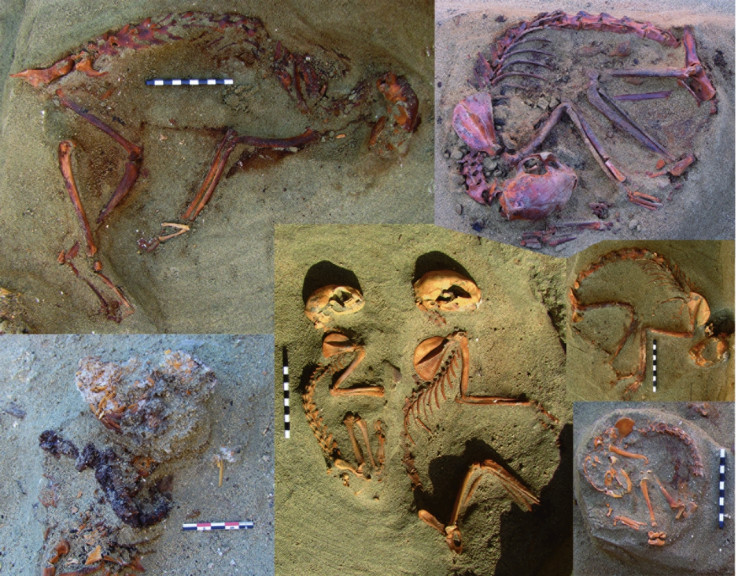2,000-year-old pet cats unearthed in Roman graveyard in Egypt
The way the cats were buried suggests that they were well-cared-for pets that died of natural causes.

The remains of more than 80 pet cats dating from Roman times have been excavated at the ancient town of Berenike on the Red Sea.
The site is a unique example of the burial of household pets in Roman times, according to a paper published in the journal Antiquity.
Animals buried as part of religious or spiritual ritual ordinarily have artefacts buried with them, but most of the animals found at Berenike did not have any.
There were some exceptions to this, with some cats found with an ostrich egg shell bead by their necks. Three cats and a vervet monkey were buried with iron collars on.
"In addition to individual animal inhumations, three burials contained two animals," says study author Marta Osypińska of the Institute of Archaeology and Ethnology at the Polish Academy of Sciences.
"So far, the only species found in such double burials are cats, and significantly, they always contain an adult and a juvenile."
Cats were killed and mummified during this period "on an almost industrial scale", says Osypińska, but the Berenike site shows that domestic animals were also given careful burials when they died naturally.

The cat graveyard is found next to the ancient military port town in an area known to archaeologists as the "Early Roman trash dump". But at the time the cats were being buried, it was a clear undulating area on the outskirts of Berenike.
The site was in use from the end of the First Century CE into the first half of the Second Century CE.
"In my opinion, the described features suggest that the Berenike finds should be interpreted as a cemetery of house pets rather than deposits related to sacred or magical rites," Osypińska says.
"The animal cemetery in Berenike appears to be a unique site. Relations between people and animals in the past are usually approached through the prism of archaeozoology, but this too often neglects the possibility of pet-keeping, which is assumed to be a modern phenomenon. The finds from Berenike seem to question this assumption," Osypińska concludes.
© Copyright IBTimes 2024. All rights reserved.






















